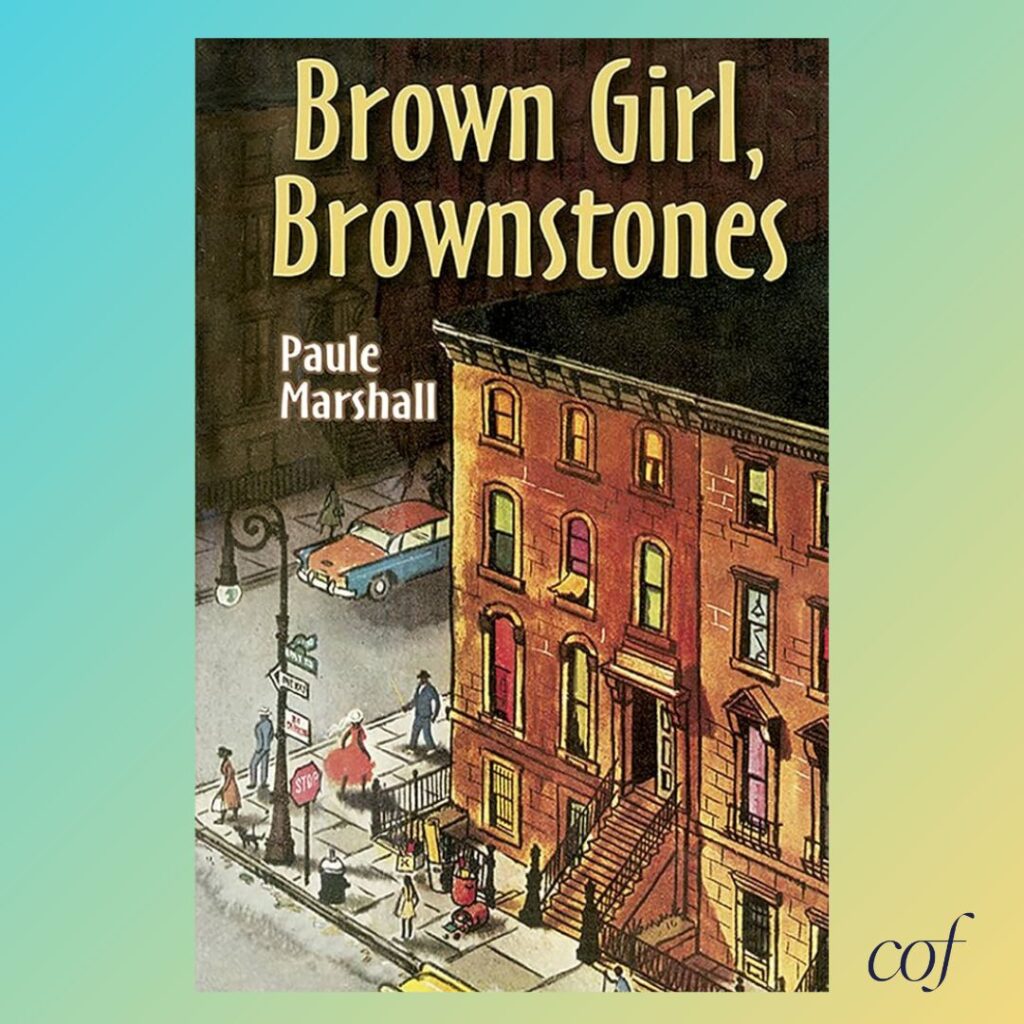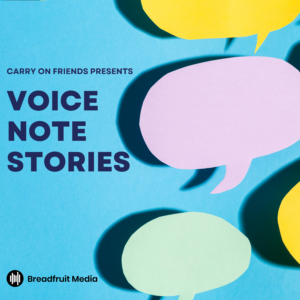
Official Book Synopsis
Brown Girl, Brownstones is the coming-of-age story of Selina Boyce, a young girl growing up in a Barbadian immigrant community in Brooklyn during the 1930s and 1940s. As she navigates the tensions between her determined, house-proud mother and her dream-filled, unreliable father, Selina struggles to forge her own identity amid cultural expectations, generational conflict, and the pressures of assimilation. With lyrical prose and emotional depth, Paule Marshall paints a vivid portrait of family, community, and the unrelenting pursuit of belonging and selfhood.
My Review
The story takes place somewhere between 1939 and 1947, capturing the tail end of the Great Depression, the lead-up to World War II, and the postwar period. And yet, despite being rooted in that very specific time, so much of what Marshall explores still feels relevant today.
At its heart, this is a novel about Selina Boyce, from a Barbadian immigrant family in Brooklyn. Her mother, Silla, is hard-driving, relentless in her pursuit of buying a brownstone – a tangible symbol of Caribbean immigrant success. Her father, Deighton, is the opposite: floats through life with big dreams but little follow-through and resistant to “starting small.” That tension between striving and stalling drives much of the conflict. Selina is caught in between not just between her parents, but between worlds, cultures, and expectations. What Marshall does so beautifully is show the cost of the American Dream, not just financially, but emotionally and culturally.
There’s a moment in the book when a decision the father makes causes a major shift; not just in his family, but in how the community sees him. It’s a turning point that reveals so much about expectations and sacrifice. It’s a reminder that some choices aren’t just personal, they carry the weight of legacy, survival, and the need to show proof of progress in a world that rarely makes space for it.
Still Relevant
What kept me turning the pages was how deeply Marshall captures the Barbadian community (and by extension the Caribbean community) in Brooklyn; their hunger for stability, their pride, their subtle and not-so-subtle battles over status. The brownstone isn’t just a house – it’s a symbol of having made it.
I also loved how Marshall gives us a complex view of motherhood and the complex, contradictory emotions the women display. Also captured in the novel is how Caribbean parents often love hard, push hard, and carry unspoken wounds. Compounding the drive to “make it” in America at all costs.
Reading this, I couldn’t stop thinking: not much has changed. The decades have rolled on, but the hustle to buy homes, build community, push the children to be doctors/lawyers/successful hasn’t let up. Marshall has captured something timeless. It may center on the Barbadian community, but the themes hit across the diaspora, Jamaican, Haitian, Trinidadian, you name it. Anyone from a Caribbean background, especially those growing up in New York, will see pieces of their story here.
Listening Experience
I started the audiobook version but had to stop. The narration made it hard to get into the story at first. Mispronunciations and a mismatched accent took away from the cultural authenticity. After a quarter of the way in, I gave up on the audiobook entirely and waited for the library to come through with the ebook and thank goodness it did. Once I started reading the ebook, I couldn’t put it down. I’d recommend skipping the audiobook version unless it’s been re-recorded with a narrator who understands Caribbean cadence and language.
Final Thoughts
This isn’t just a novel. It’s a historical artifact. Reading Brown Girl, Brownstones was like holding a mirror up to today’s Caribbean-American immigrant experience. Sure, it’s set in the late 1930s and late 1940s, focused on a Barbadian family in Brooklyn, but the core themes: buying a home, striving for a better life, cultural friction, dealing with pressure to succeed still plays out today in Caribbean-American households.
If you’ve ever wrestled with being in-between cultures, if you’ve ever watched your parents strive for a version of the American Dream while you questioned its cost, this book is for you. If you’ve ever wondered how much has really changed for Caribbean-American families in the U.S., Brown Girl, Brownstones will answer: more than you think, and less than you’d hope.
Paule Marshall is Caribbean American and this story is for US.
About the Author
Paule Marshall (1929–2019) was an acclaimed American author of Barbadian descent, best known for her powerful explorations of identity, diaspora, and Black womanhood. Her debut novel Brown Girl, Brownstones established her as a vital literary voice, and she went on to receive numerous honors, including a MacArthur Fellowship and the PEN/Faulkner Award for Lifetime Achievement.


